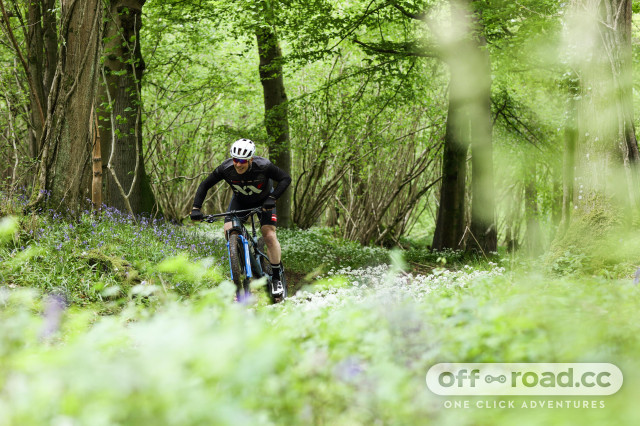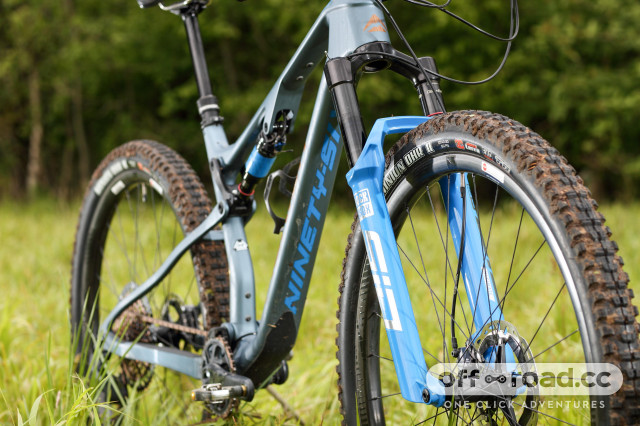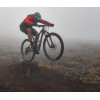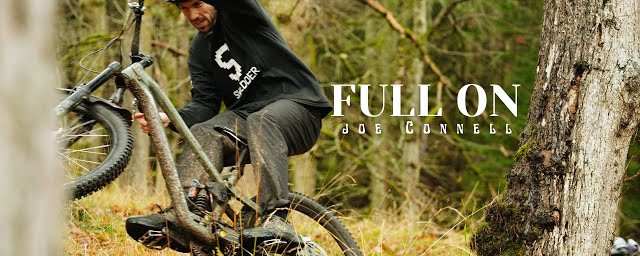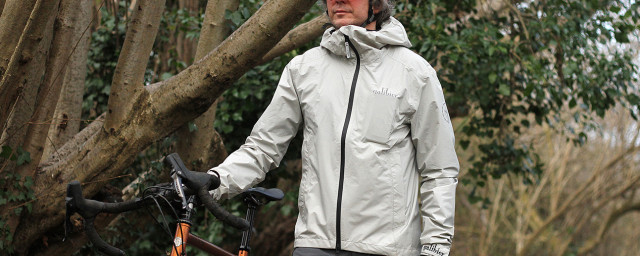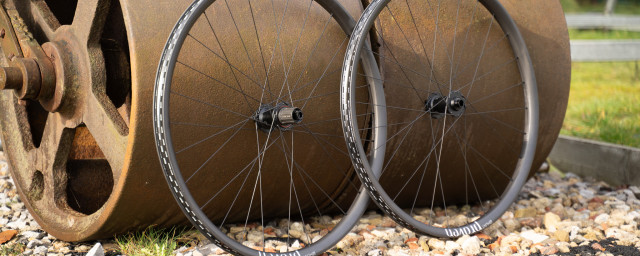Cross-country mountain bikes: understanding their design and geometry

Mountain biking has many frame designs and suspension configurations that reflect the demands of riding off-road terrain. The sport originated to explore nature trails and cross-country mountain bike frame product development remained faithful to this notion. Whether its of the full-suspension or best hardtail mountain bike persuation, cross-country bikes are designed with efficiency in mind, prioritising low weight and excellent climbing performance.
But that doesn't mean cross-country mountain bikes are any less fun to ride than their well-endowed enduro and downhill siblings when descending a flowing section of trail. Let’s take a closer look at what makes a cross-country mountain bike so much fun to ride.
How suspension changed the cross-country mountain bike
The segmentation in mountain biking widened significantly in the 1990s. On the one end of the spectrum were lightweight aluminium and titanium cross-country bikes, designed almost exclusively for high-cadence climbing and fire-road riding. At the other end were extreme dual-suspension bikes, with coil suspension, designed to be ridden off drops by the most courageous mountain bikers.
In the decades that followed brand managers, engineers and marketers filled in the product spaces between cross-country and extreme downhill mountain bikes. Trail, all-mountain and enduro bikes offered grades of climbing or descending capability, allowing riders to select what was appropriate to them and their local trails.
For most of mountain biking’s history, there was never disagreement with the idea of more suspension travel being better. The increased segmentation in mountain biking was qualified by suspension travel numbers - and little else. The broad consensus was that a 100mm cross-country bike, could never descend a black-graded technical trail piloted by an average rider, having fun. But that’s changed. A lot.
With tyre and suspension technology dramatically improving over the last decade, riders and frame designers discovered that geometry was the most significant influence on product type. With the most progressive geometry and great tyres, riders were navigating steep enduro and downhill trails, on cross-country bikes. Something that was unimaginable in the 2000s.
The longer and slacker debate
How does this progression influence the perception and experience of cross-country mountain biking? It has created a configuration of new-generation cross-country mountain bikes that are amazingly capable to ride. It would not be an ambitious interpretation of the technical details and riding experience to state that modern cross-country mountain bikes are the true superbikes of the sport.
A 200mm downhill bike is great at clearing and landing huge road gap jumps and two-storey drops, but it cannot be pedalled. Try and ride a downhill bike up a moderate two-mile climb; the experience is horrible. By comparison, a cross-country bike equipped with the latest 100-120mm suspension forks and shocks is enormously capable, both ascending and descending.
For far too long cross-country frame designers merely imitated road bike geometry and applied it to mountain bikes. This was a misconception.
As designers looked toward longer-travel mountain bikes for inspiration, cross-country frames became longer and slacker. The combination of those changes to geometry has made modern cross-country bikes enormously capable of descending technical terrain. The modern cross-country mountain bike is quite capable of confidently riding an early 2000s downhill mountain bike course.
Need for speed equals better component development
Professional mountain biking has been the source of development for cross-country bikes becoming increasingly capable.
As UCI seeks to make XCO racing more exciting as a broadcast spectacle for audiences, event venues have benefitted from many more technical features. And for riders to conquer those bigger rock gardens, drops and jumps, the pseudo road bike geometry of erstwhile cross-country frames, was discovered to be a hindrance.
As professional XCO riders started experimenting with slacker head angles and longer bikes, it became apparent that 100-120mm frames had vastly untapped potential. Competition begets innovation, and with brands competing to win, supported by technical advances in tyres and suspension, the cross-country mountain bike has transformed.
Wheels and tyres are fundamental to any bicycle design, and in cross-country riding the demands often overwhelmed aluminium rims and lightweight tyres. For a long time, the tyres of choice in cross-country mountain biking were a casing between 2.1- and 2.25-inches in width. By contemporary standards, that would be considered way too small.
No mountain biking discipline is more demanding on tyres than downhill racing, where the default tyre size width is 2.4in. Cross-country riders eventually accepted the proven wisdom of extreme downhill mountain biking, embracing the 2.4in tyre size.
The result is a tyre that operates better at lower pressures, increasing grip and confidence on any trail you might ride. Cross-country mountain biking's standardisation of 2.4in tyres could not have happened without the availability of wider carbon-fibre rims.
Aluminium rims are fragile to denting, especially when rolling narrow casing tyres that offer less terrain impact absorption. In cross-country mountain biking, this was the wheel and tyre configuration for most average bikes and resulted in riders avoiding technical trails and descents, for fear of flatting. More robust carbon-fibre rims, fitted with larger tyres, have been transformative: offering riders excellent efficiency and much better tyre survivability.
Why less travel can be more beneficial
The revolution in cross-country frame geometry, tyre technology, wheels and suspension components has challenged the legacy appeal of ‘more travel being better’. It is an article of the fact that a modern 120mm cross-country mountain bike can easily deliver a better descending experience than 140mm frames from five or seven years ago.
Trail feedback is a concept not often discussed in mountain biking. It concerns the idea that a mountain bike with less travel, but ideally configured suspension and geometry, will give riders a truer ‘feel’ riding trails. This helps develop skills and boosts confidence. It is also the antithesis of ‘overbiking’, where riders select a frame with way too much travel for their skillset, stunting their technique on a mountain bike that’s being terrifically underutilised.
Many riders ideally served by a modern cross-country mountain bike, would have been at risk of choosing a 140- or 150mm frame years ago, falling into the fallacy of riding ‘overbiked’.
Is the cross-country mountain bike the most capable off-road machine?
The cross-country mountain bike was often stereotyped as middling, excelling at nothing but capable of mildly efficient riding on fire roads and some average trails. That is no longer the case.
Modern cross-country mountain bikes can send road gaps with a skilled rider onboard while retaining all their vaunted efficiency, capable of grinding up the steepest climbs. That’s the opposite of a coil-sprung 200mm downhill bike, which can’t be pedalled up a steep technical climb, with switchback corners.
Cross-country mountain bikes are the original all-terrain riding machines. But where they once were quite compromised at anything but rolling up long fire roads at moderate efficiency, they are now exceedingly capable in all facets of mountain biking. And that’s a credit to the progression in frame angles, upsized tyres and advances in suspension components.
Downhill mountain bikes still can’t pedal up gentle gradients, but cross-country mountain bikes can now fly down the most technical trails at speed. There is no question that despite all those awesome Red Bull Rampage edits, the most impressive product development in mountain biking during the last few years, has occurred with cross-country mountain bikes.
With the current portfolio of progressive geometry cross-country mountain bikes, it truly is a case of less travel, being more, for your riding experience. Cross-country mountain bikes have always been the default choice to explore some trails, but the modern versions will make you want to ride all the trails.


